More than a nostalgic step back to childhood favorites, The Eric Carle Museum of Picture Book Art, on the campus of Hampshire College in Amherst, Massachusetts, is also a fascinating window into the sources of inspiration and the working methods of an artist. This bright, colorful, upbeat exploration of an illustrator’s world, although focused on juvenile literature, is not just for children.
Best known as the creator of The Very Hungry Caterpillar, whose curving body composed of bold green circles is the museum’s logo, Eric Carle is the author of dozens of books for young children, and the illustrator of even more. The Very Hungry Caterpillar alone has sold over 50 million copies and been translated into more than 50 different languages. In all, more than 152 million of his books have delighted children worldwide.
In 2002, Eric and his late wife, Bobbie, founded the museum “to inspire a love of art and reading through picture books,” celebrating the books as an art form and their illustrators from around the world for their artistry and contribution to our cultural heritage.
The sleek white modern building, surrounded by lush lawns and an orchard, preserves more than 12,000 objects, over 8,000 of which are illustrations in the permanent collection. Exhibition galleries, a theater, an art studio, picture book library and research library provide venues for exhibitions, reading and art programs, professional resources for educators, and more recently for creating virtual art and gallery experiences.
In the airy, light-filled lobby, Carle has created four large murals using his signature technique in a grander scale. He has replicated his usual painted tissue sheets on a bigger canvas, using larger tools (a broom instead of a brush, pieces of carpet as print blocks). Each mural is in shades of a single vivid color – one gives impression of an underwater ocean-scape with a school of fishes — but on closer look there are no fish at all, instead an overall pattern of wavy lines in shades of blue.
At the far end of the lobby is the library, where a giant Hungry Caterpillar creates a cozy reading nook. Carle himself sometimes reads aloud here.
Eric Carle was working as a commercial artist in New York when Bill Martin Jr saw an illustration Carle had done for an advertisement and asked him to illustrate a story he had written. The visually appealing – and quite unorthodox for book illustration — collages he created for Martin’s Brown Bear, Brown Bear, What Do You See? launched Carle’s long career as a children’s illustrator and author. It wasn’t long before Carle published his first original book, 1,2,3 to the Zoo, and soon after, The Very Hungry Caterpillar.
Carle’s innovative technique involves hand painting sheets of colored tissue paper with other colors, sometimes in broad brush strokes to create variegated color surfaces, other times using different shaped objects as printing blocks to make designs. He then cuts these painted papers, which become his palette of colors, into the shapes that he combines and layers to create a picture. By painting over the tissues, Eric gives textures to the shapes he then uses to create pictures. Details, such as the hairs on the caterpillar, are drawn in afterward.
Carle credits his father, who used to take him for walks in the woods and show him the creatures that lived under the bark of trees, for his frequent choice of natural subjects, especially insects. These played the lead roles in his Very Hungry series, which include The Very Lonely Firefly and The Very Quiet Cricket. Each of the six books in the series, like Caterpillar, includes a special feature, such as twinkling lights, a noise or cut-out pages.
His books have a feature in common: each one not only tells a story about endearing characters, but also includes information that teach about the natural world and ignite curiosity as they entertain. And they carry subtle messages, such as working together, or the importance of sticking to a goal.
The galleries featuring Carle’s works give visitors a sense of his art and a glimpse at his techniques (more on that comes later in the theater), as well as the distinct impression that Carle is having a lot of fun as he works. A current exhibit, Eric Carle: Just for Laughs, picks up on this theme with some of his images most guaranteed to induce giggles from his young readers — a snake mixed up with spaghetti and images of the various transformations of The Mixed-Up Chameleon. Visitors see the progression of some of his characters as Carle develops an idea and the creatures that will carry it out.
Nowhere does Carle’s playful exuberance become more evident than in his Laughable Letters. These are cartoon cards he creates and sends to friends – and they make every visitor wish to be his friend.
A gallery for special exhibitions features changing themes in children’s illustration. Most recently, Let’s Talk! Animals from the Collection highlights some of the most iconic animal illustrations in children’s literature. On display are original paintings by EH Shepard of Winnie the Pooh, Beatrix Potter’s drawings of Peter Rabbit, Garth Williams’ Stuart Little, James Marshall’s Goldilocks and works by Maurice Sendak, Arnold Lobel, and Leo Lionni – who, like Carle, uses combination of collage, crayon, ink and paint for his illustrations.
A highlight of a visit to the museum is the opportunity to watch Eric Carle at work and hear his story in an outstanding film he has produced and narrated, Picture Writer. Shown in the museum’s theater, this film traces Carle’s creative process from the ideas that inspire him through the actual creation of his collages. Viewers see him painting the sheets of tissue paper, and see the huge cabinets filled with these painted papers, the tremendous palette of colors from which he works.
From his first outline sketches to the step-by-step process of “painting” them in with cut tissue, viewers watch characters take form and come to life. On the screen, a caterpillar grows from the first loose sketch to the final hairs on its back, in such detail that viewers leave with the sense that they could create one themselves.
Here, as in the exhibits, is the clear sense that Carle is having fun creating his engaging creatures, and that he is letting them tell their own stories as he pastes their bold shapes and colors into place. On leaving the film, visitors may want to return to the exhibits of his work to look more closely after having seen how they are created.
An important part of the museum is its dedication to engaging children in the creative process, and the Art Studio is designed to do just that. Believing that picture books help to inspire a love of art and reading, the studio experiences are designed to engage children of different ages to use their imagination and discover the pleasure in creating works of art.
On entering the museum, each child receives a bag containing paints, paper, print-making materials, found items for collages or painting without a brush. There are no directions on how to make something, but the studio is filled with ideas and materials to inspire kids’ own creations.
With access currently limited, the museum has developed a series of virtual art-making programs to inspire collage-making at home and in classrooms. The At Home Art Studio has ideas and projects to inspire art explorations, such as making collages from leaves and other natural materials or using found materials as printing blocks.
Other free programs for children include studio visits with artists and illustrators, such as the February 18 “Creating Dinosaurs & Books with Roxie Munro”, who will talk about the research and the steps involved in creating a non-fiction book. The program is designed for ages 7-12. On January 25, a free program for ages 3-8 entitled “Inside the Museum/Outside Your World with The Beneski Museum of Natural History” will look inside the museum to see dinosaur skeletons and explore a diorama of the prehistoric world.
Whether in person or virtually, visitors leave feeling as though they know Eric Carle, grateful for this time spent in his bright, engaging and creative world. More than a few will be inspired and motivated to try their own hands at the art of collage.
Side Dish
The large Museum Shop is a candy store of illustrated children’s books, as well as games, puzzles, toys and gifts related to picture books, their characters, illustrators and authors. Its shelves tempt with everything from socks with Edward Gorey designs to bolts of fabric in Eric Carle’s bright patterns.
While in Amherst, poetry lovers will want to visit the home of the reclusive poet Emily Dickinson. On the campus of Amherst College is the free Mead Art Museum, small but with rich collections of ancient Assyrian carvings, West African sculpture, Japanese prints and paintings by European and American artists including Thomas Cole, Winslow Homer and John Singer Sargent.
By Barbara Radcliffe Rogers
Europe Correspondent, Planetware
Luxury Travel Editor, BellaOnline
Features, Global Traveler Magazine
https://worldbite.wordpress.com

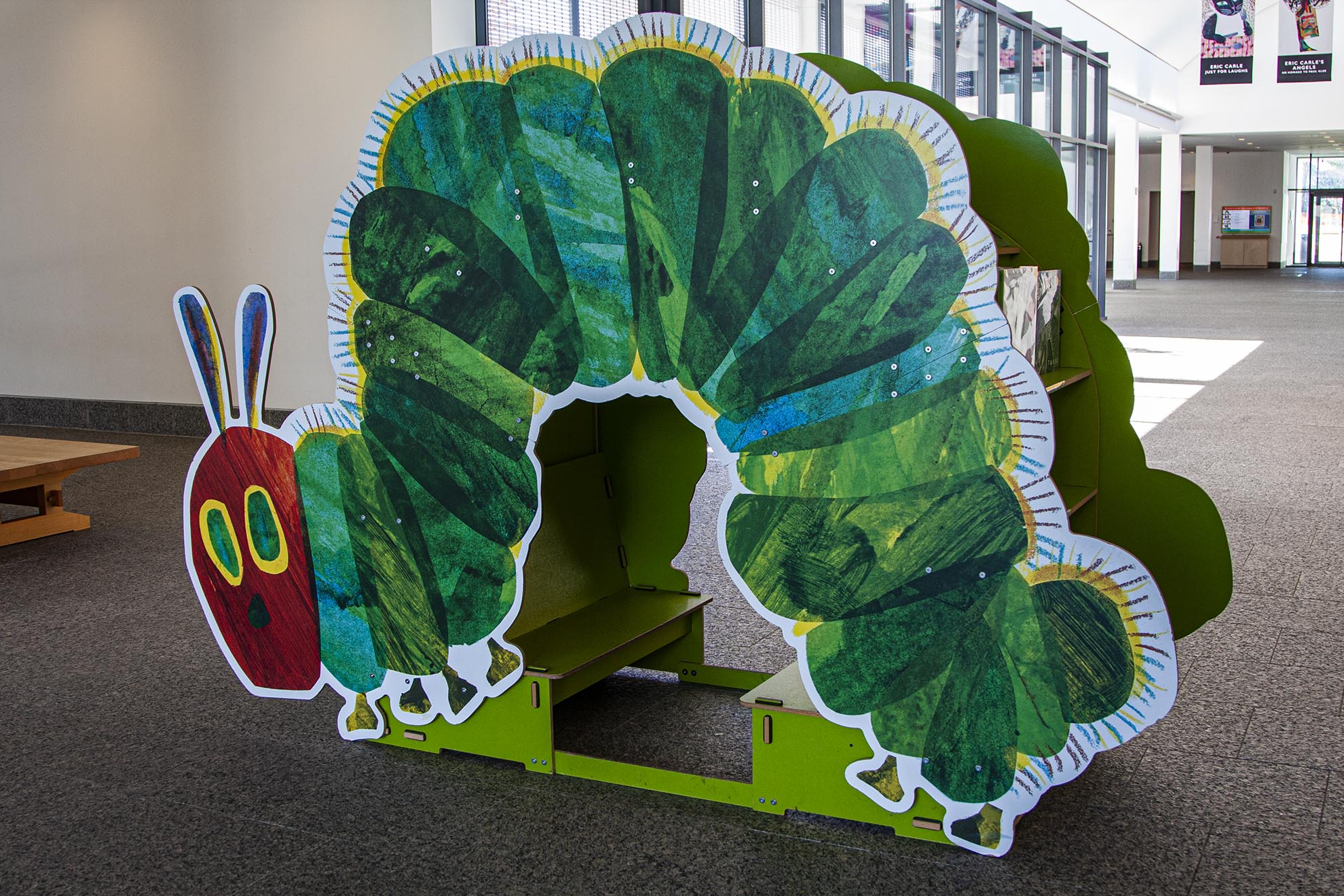
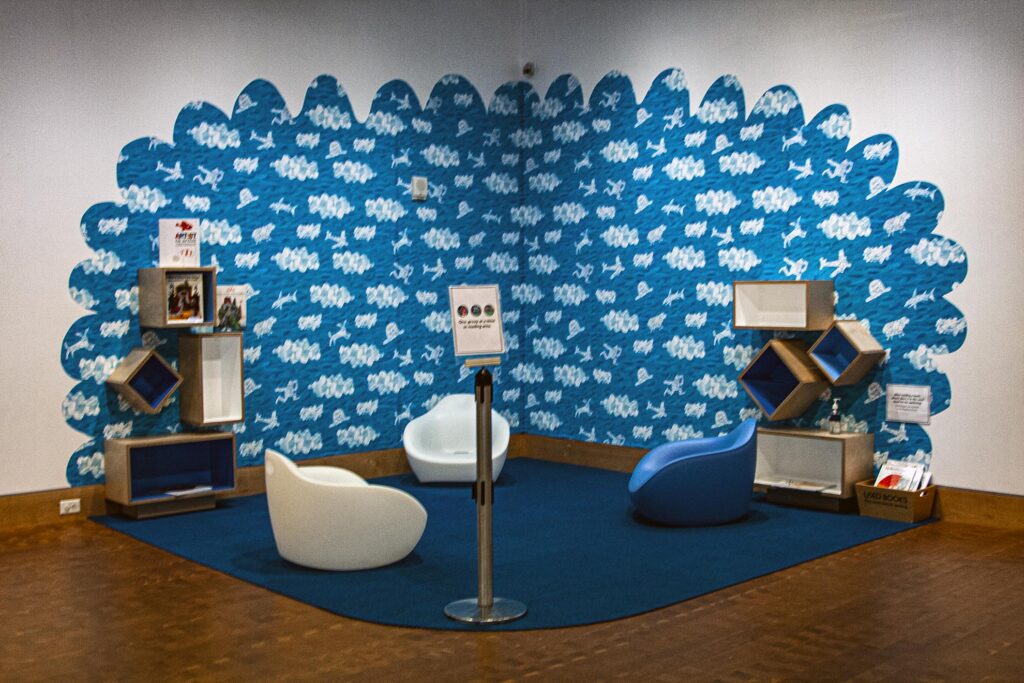

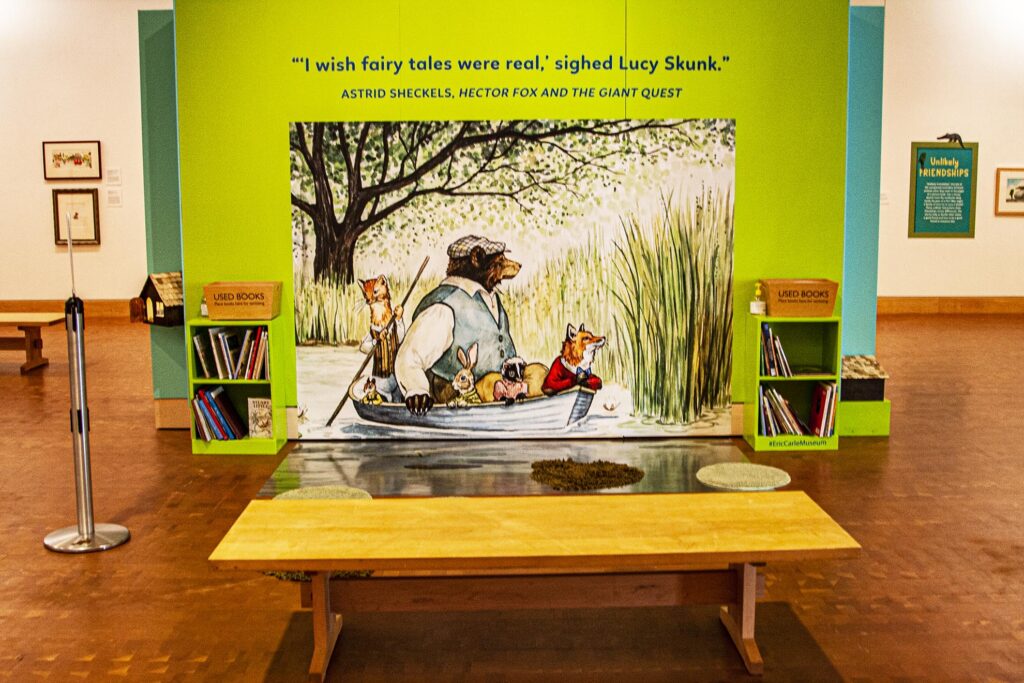
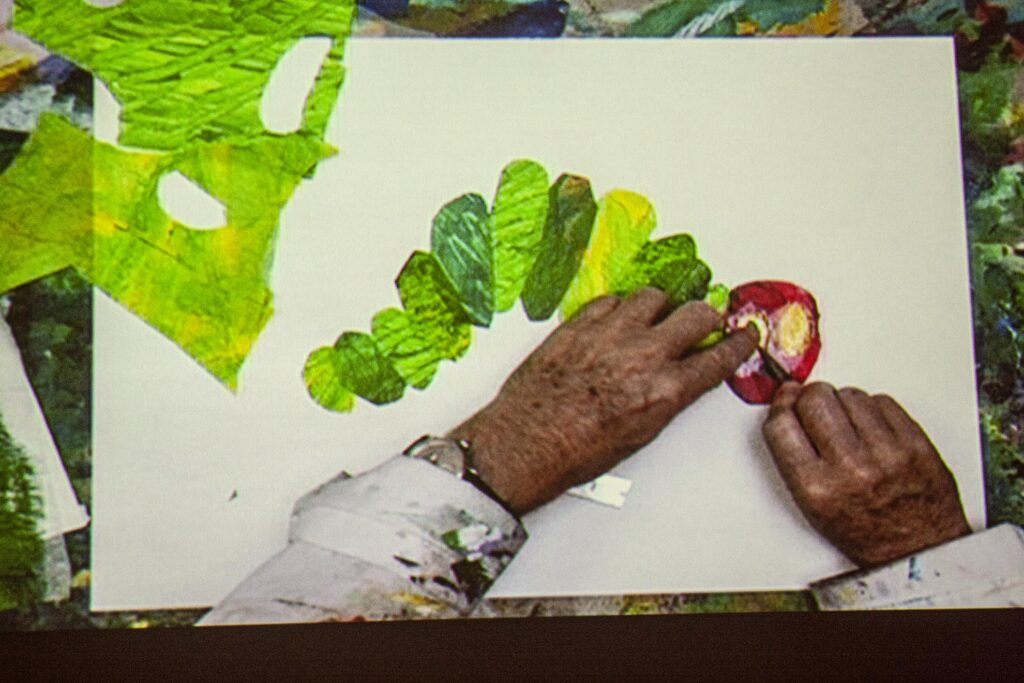
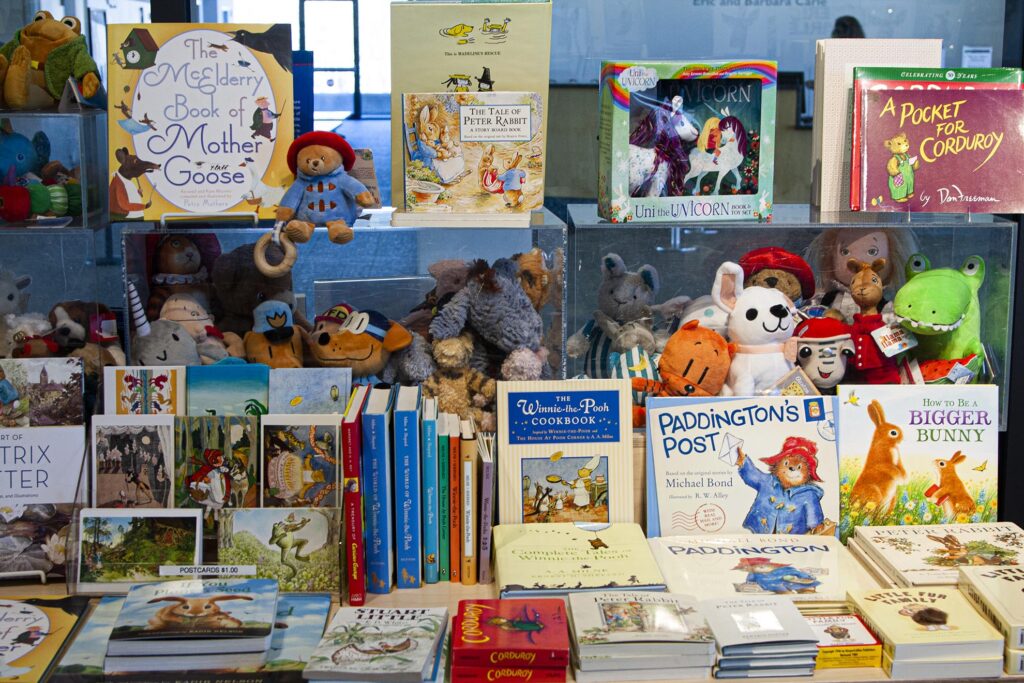
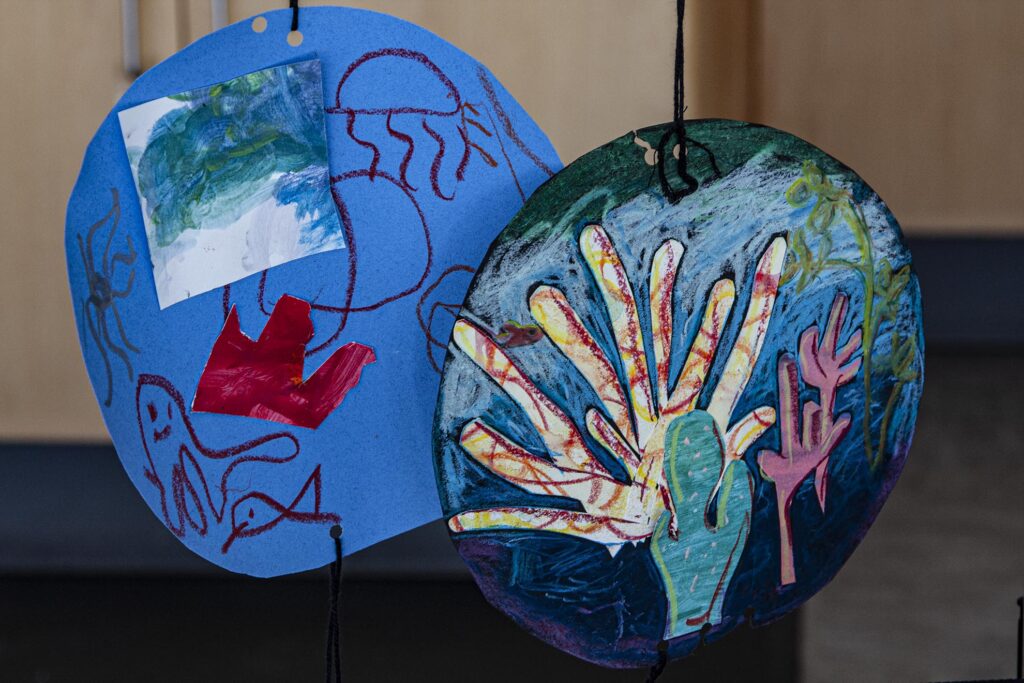
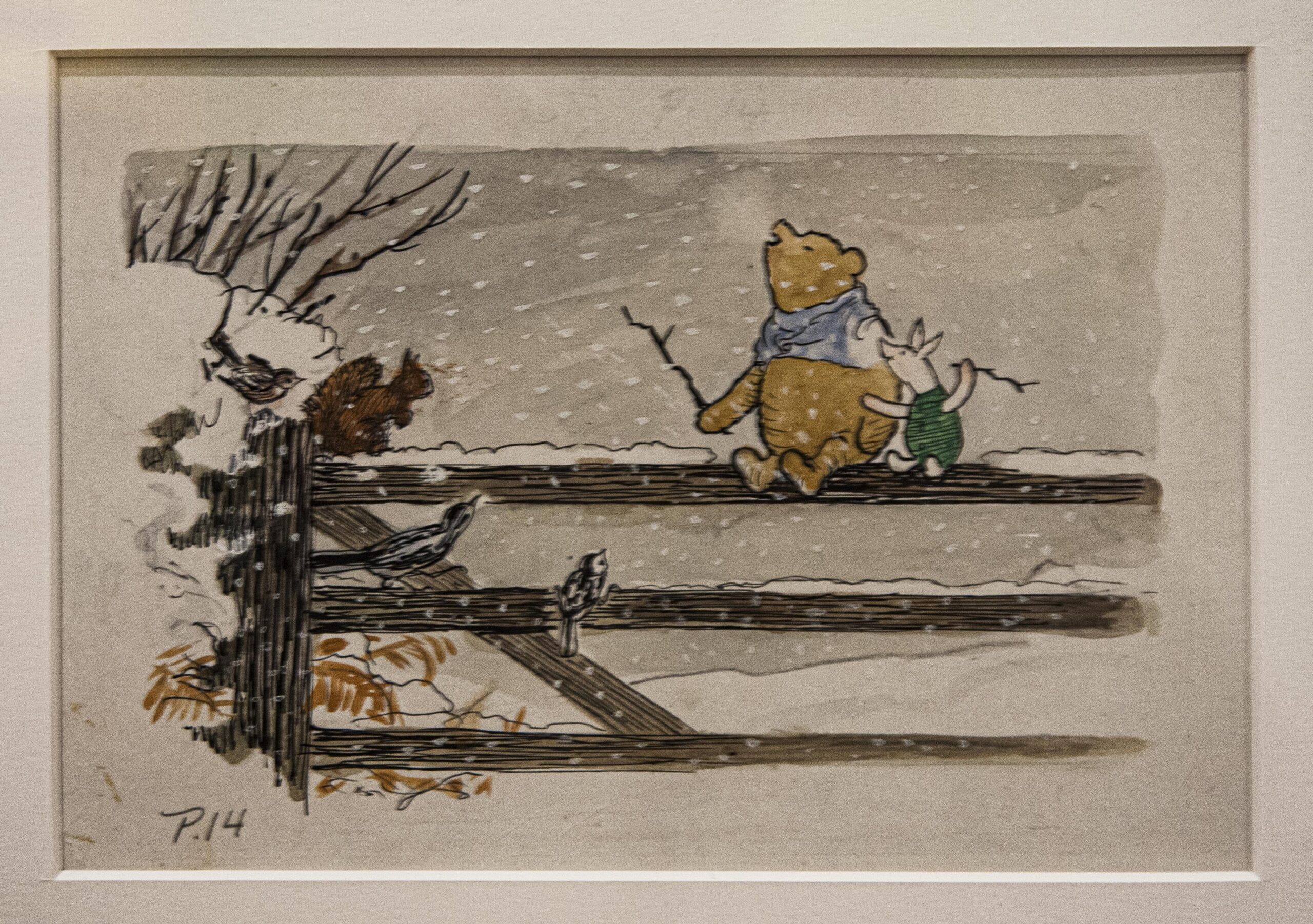
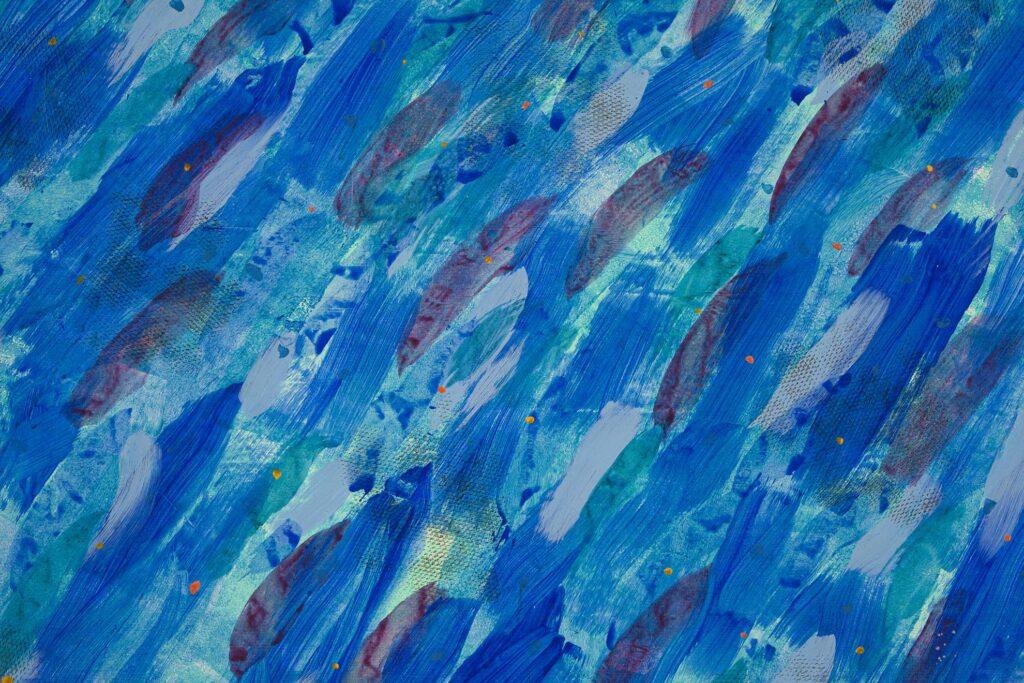
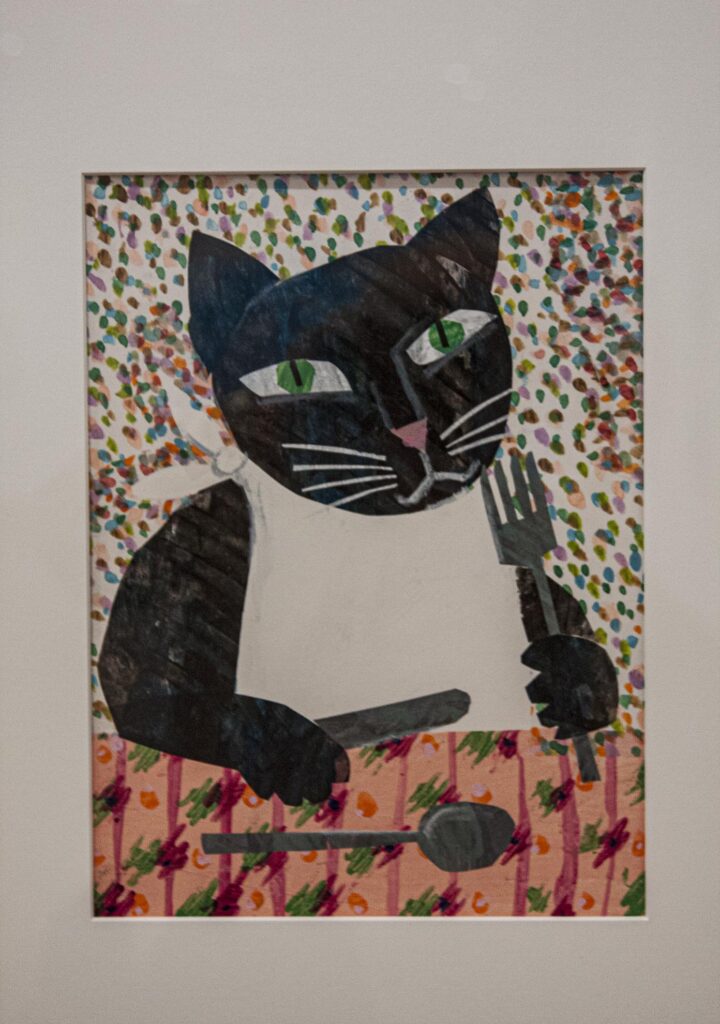
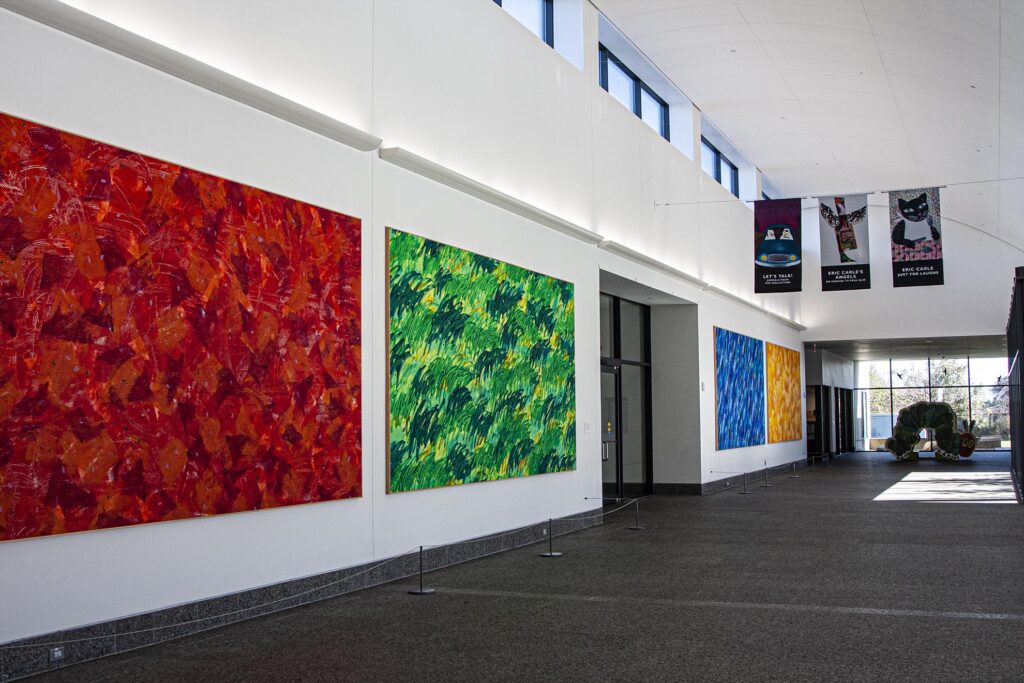
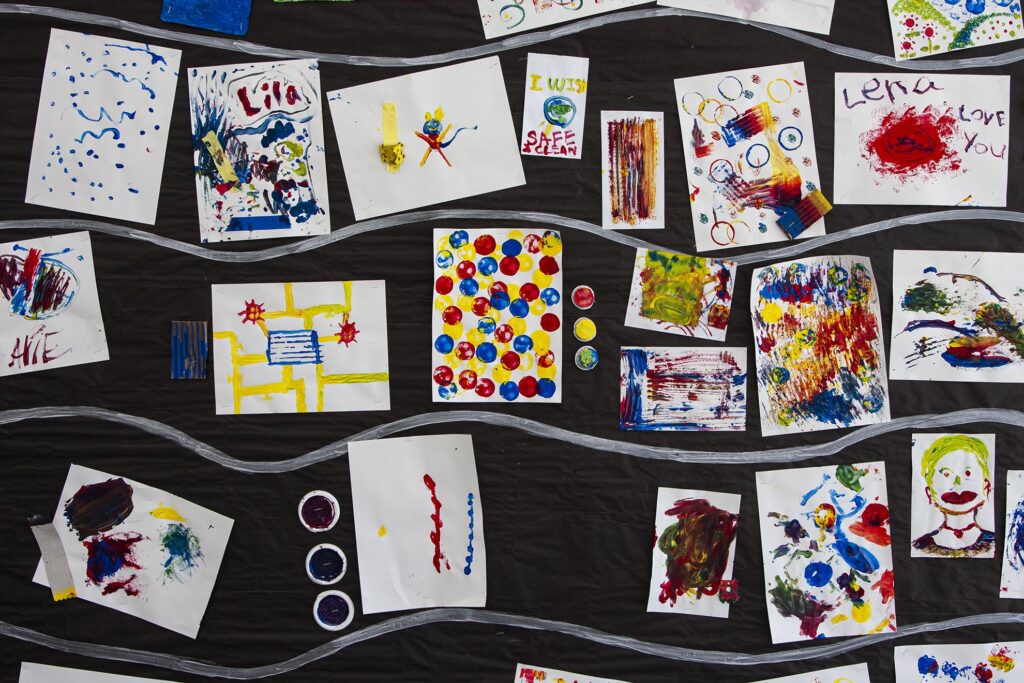
1 Comment